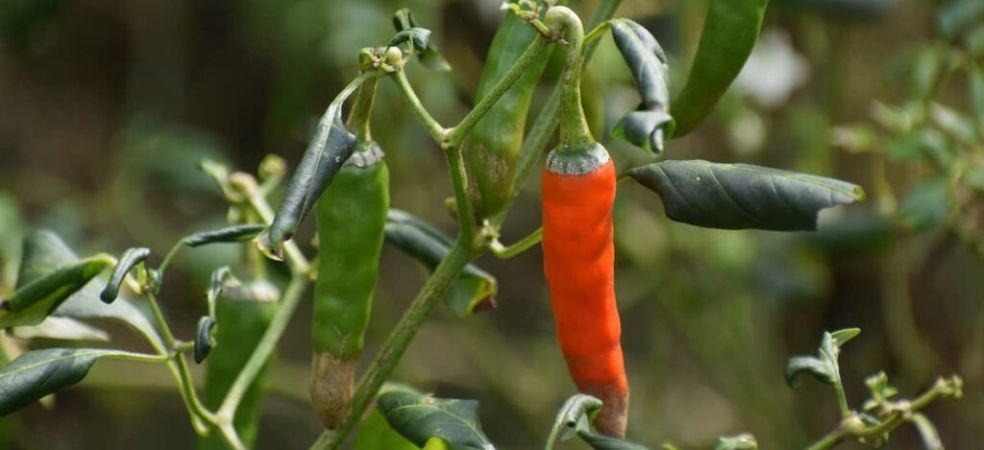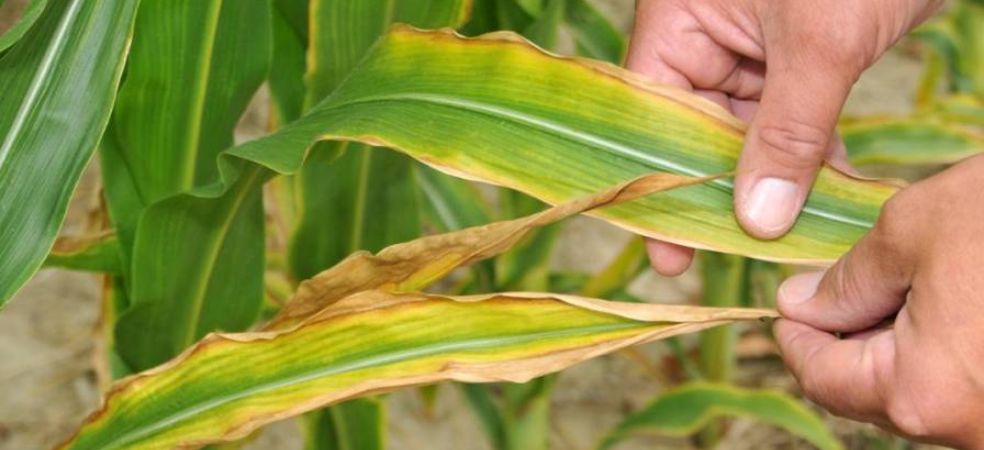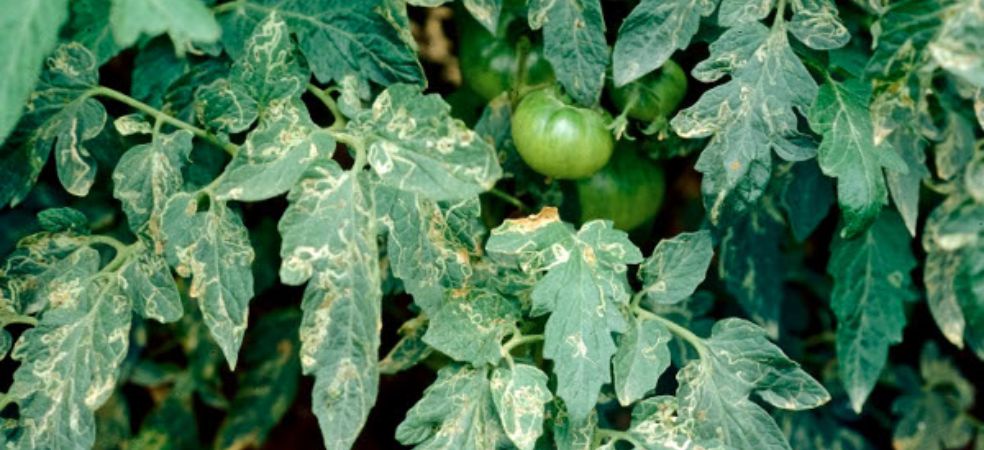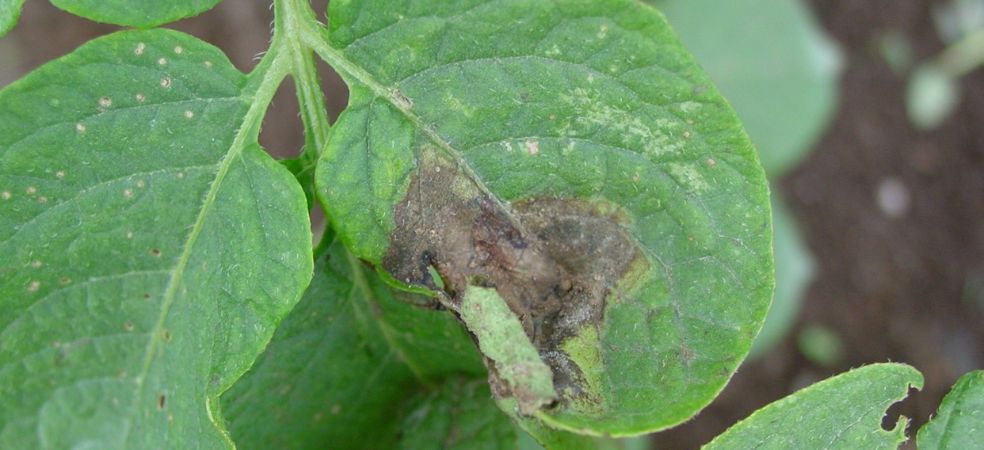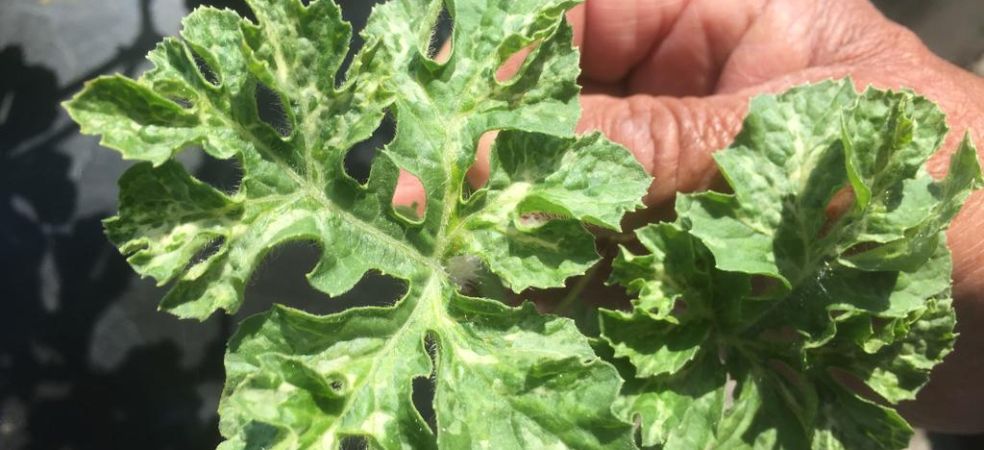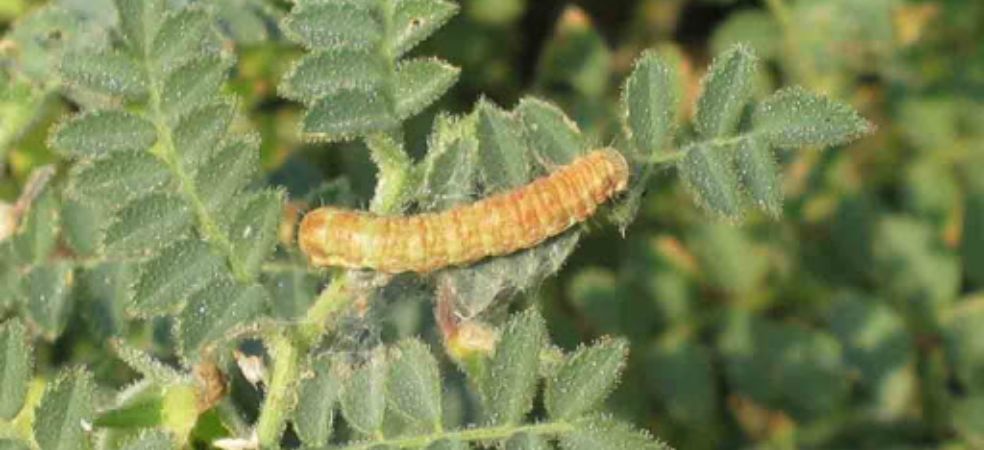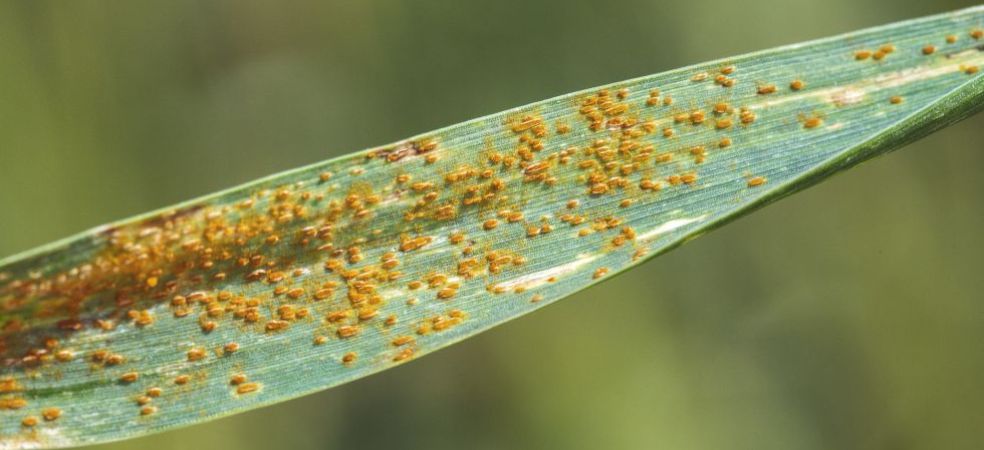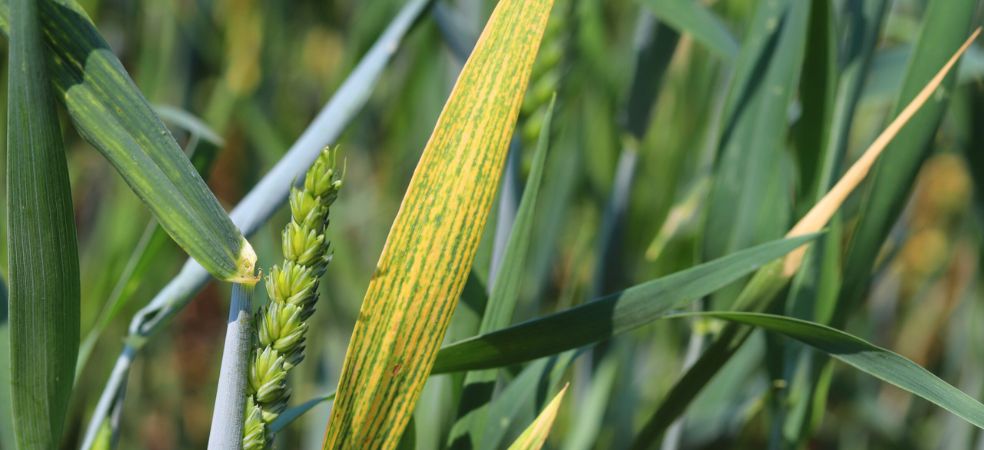Symptoms of damage: Thrips and mites are the most destructive pests in chilli crops. Those who suck sap from leaves, stalks and fruits in chilli crops, due to which the leaves turn upwards and downwards. And the fruit also gets distorted, which causes kurda murda or virus disease.
Control measures: For the control of this pest, Spray Meothrin (Fenpropathrin 30% EC) @136 ml or Fosmite 50 (Ethion 50% EC) @ 600-800 ml + Silicomaxx gold @ 50 ml + Novamaxx (Gibberellic Acid 0.001% L) @ 300 ml, per acre @ 150 to 200 litres of water.
After 3 days, Spray Privintal BV @ 100 gm per acre in 150 to 200 litres of water.
ShareFor more important information related to the agriculture sector, keep reading the articles of Gramophone daily. If you liked today’s information, then do not forget to share it with friends.

